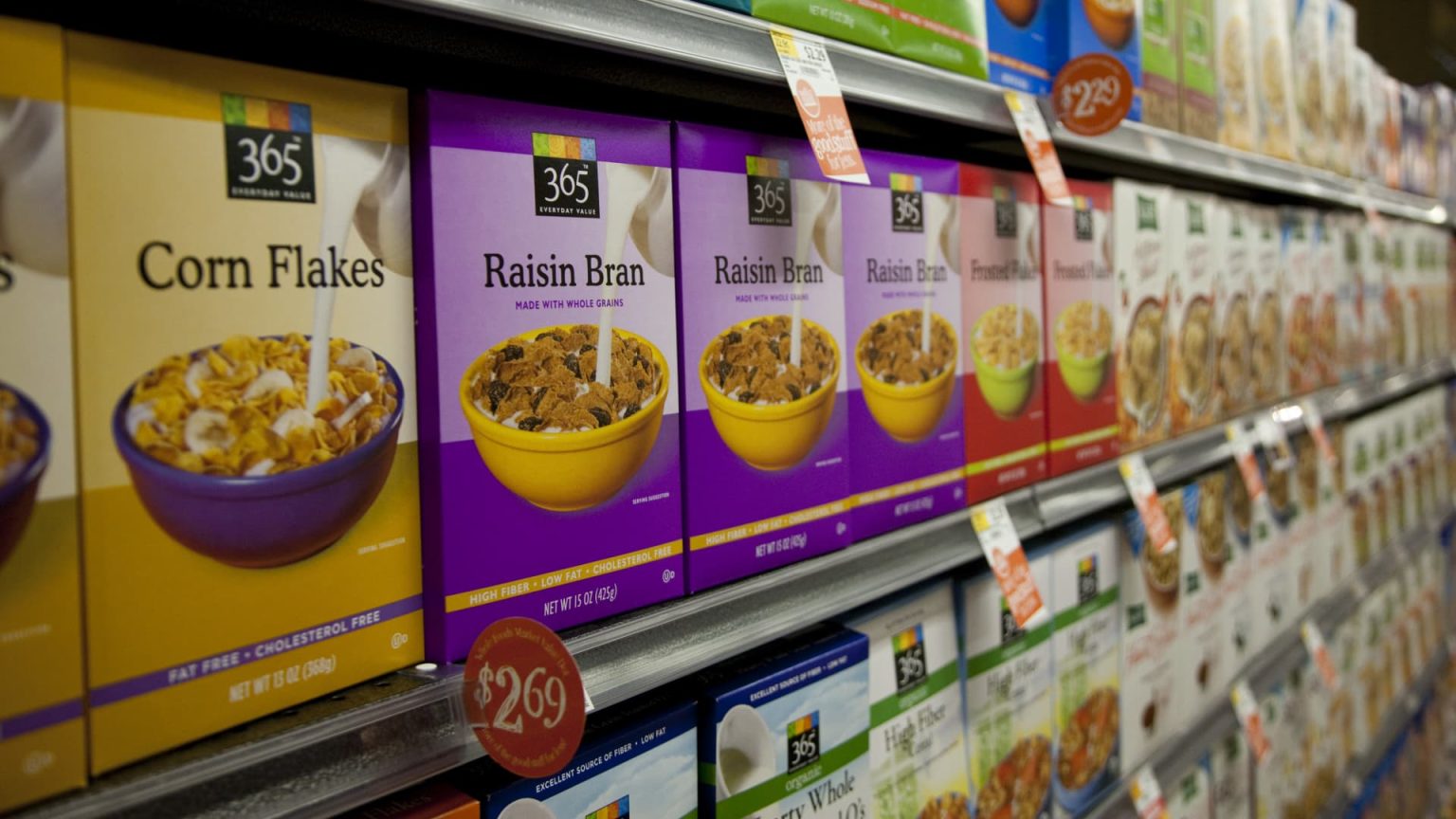As inflation continues to strain household budgets, a significant shift in consumer behavior is emerging. Increasingly, shoppers are opting for private-label products offered by retailers, often without realizing they are choosing these cheaper alternatives over name-brand items. This trend has led to a substantial rise in store-brand sales, raising questions about brand loyalty, consumer perceptions, and the marketing strategies employed by retailers.
| Article Subheadings |
|---|
| 1) The Rise of Private-Label Products |
| 2) Consumer Perceptions: Do We Know What’s in Our Carts? |
| 3) The Aesthetics and Marketing Behind Store Brands |
| 4) The Price Factor |
| 5) Future of Brand Loyalty |
The Rise of Private-Label Products
Over the past few years, there has been a notable increase in the popularity of private-label products in the U.S. retail market. According to recent estimates from the Private Label Manufacturers Association, store-brand sales surged by almost 4% last year, reaching an impressive $271 billion. This growth can be primarily attributed to inflation-driven consumers seeking more affordable options to stretch their budgets.
However, the momentum behind private-label items is not solely related to price. As consumers are faced with rising living costs, they are also becoming more open to buying products that they may have previously overlooked. Store brands, once seen as inferior alternatives, are gaining traction as viable competitors to well-known names.
Consumer Perceptions: Do We Know What’s in Our Carts?
A recent survey conducted by retail market-research firm First Insight revealed intriguing insights about consumer awareness regarding private-label products. Approximately 71% of surveyed consumers believed they could identify when they were purchasing a store-brand item. Interestingly, when presented with side-by-side comparisons of name-brand products and their private-label counterparts, nearly the same percentage—72%—failed to accurately differentiate between the two.
“Companies are savvy in how they market,” stated First Insight CEO Greg Petro. “It’s not just consumers that can be fooled, it’s experts.” This highlights the evolving complexity of consumer awareness in a market increasingly crowded with private-label options that are often designed to closely mimic the appearance and appeal of established brands.
The Aesthetics and Marketing Behind Store Brands
Retailers are adopting sophisticated marketing strategies to boost the appeal of their private-label lines. The aesthetic presentation of store brands has seen a significant transformation. According to Bruce Myers, a professor of packaging design at the Rochester Institute of Technology, grocery stores are enhancing the visual appeal of private-label products, positioning them as equal to or even superior in quality compared to name brands.
Historically, private-label products were characterized by minimalist packaging that signaled affordability. However, advancements in packaging design have enabled retailers to create products that not only communicate value but also attract discerning shoppers looking for quality. This shift has raised the stakes in the grocery aisle, resulting in an evolving landscape where even private labels can robustly compete for consumer attention.
The Price Factor
Price is undeniably a crucial factor in the growing preference for private-label products. In light of the rising costs associated with supply-chain disruptions and labor shortages, major consumer goods companies like Procter & Gamble have implemented price hikes on various products. Many consumers initially adjusted their spending to accommodate these increases, but recent trends suggest a prioritization of value, prompting them to seek alternatives.
“What I’m paying for what I’m getting is not worth it,” asserted Greg Petro, reflecting the sentiments of many shoppers. As consumers grapple with budget constraints, private-label products are increasingly perceived as offering better value without compromising on quality.
Future of Brand Loyalty
The decline in brand loyalty among consumers has become increasingly evident. According to the First Insight survey, 47% of respondents reported trying a store brand specifically because it resembled a well-known item, and an impressive 84% stated that they trust the quality of private labels just as much as national brands. This waning loyalty poses potential challenges for traditional brands, as the grocery market becomes more ambiguous and competitive.
Despite these shifts, experts like Michael Swanson, chief agriculture economist at Wells Fargo’s Agri-Food Institute, suggest that name-brand products are unlikely to vanish from grocery shelves anytime soon. Brand-name items typically play a role in establishing price points within stores, enabling consumers to recognize the value of private-label options by comparison.
Key Points
| No. | Key Points |
|---|---|
| 1 | Private-label product sales in the U.S. rose to $271 billion last year. |
| 2 | Survey results reveal that many consumers struggle to distinguish between name-brand and private-label items. |
| 3 | Retailers are enhancing the packaging and marketing of private-label products to boost their appeal. |
| 4 | Rising costs have prompted consumers to seek value through private-label alternatives. |
| 5 | Brand loyalty is diminishing as consumers increasingly trust private-label quality. |
Summary
The changing landscape of grocery shopping reflects broader economic trends, with consumers increasingly turning to private-label products as they seek affordability without sacrificing quality. As these store-brand items gain credibility and market share, traditional brand manufacturers must adapt to maintain their relevance and appeal. Ultimately, this evolution invites retailers and brands alike to consider new strategies to engage a consumer base that is more discerning and value-oriented than ever before.
Frequently Asked Questions
Question: What factors are driving the rise of private-label products?
The rise of private-label products is primarily driven by inflation and an increased consumer focus on value. As prices for name-brand items escalate, shoppers are exploring affordable alternatives that offer similar quality.
Question: How are consumers perceiving private-label products compared to name brands?
Recent surveys indicate that many consumers are increasingly unable to distinguish private-label products from name brands and are trusting private labels just as much as traditional brands for quality.
Question: What marketing strategies are grocery stores using to promote private-label goods?
Grocery stores are enhancing the aesthetic appeal of private-label goods through improved packaging and marketing efforts, positioning them as high-quality alternatives to name-brand products.


